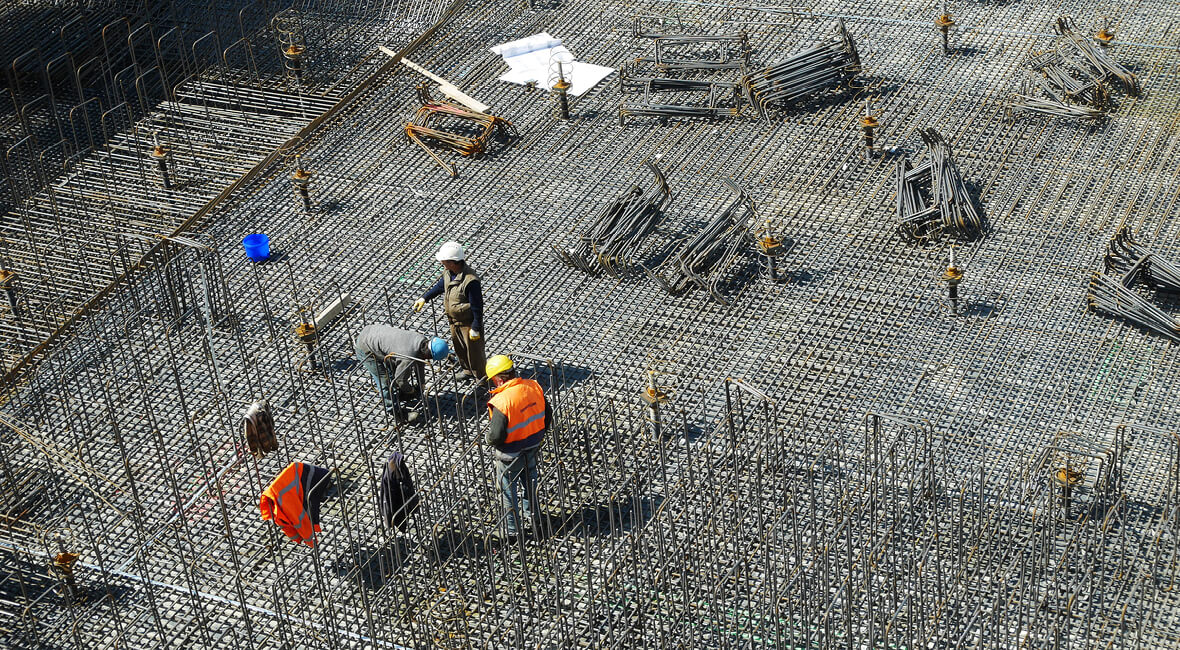When President Trump took office in January 2017, one of his promises was to renegotiate, and, if needed, alter trade agreements with the goal of helping American business.
In late 2017, the President imposed a tariff on lumber, and on March 23, 2018, a 10% tariff on aluminum imports and 25% tariff on steel imports went into effect.
How will these tariffs affect the construction industry and construction prices?
The answer is not simple, as it depends on several factors.
There is still much uncertainty whether the steel and aluminum tariff amounts will remain. Just hours before some tariffs were set to become active, the administration granted temporary exemptions to Canada, Mexico, the European Union, Australia, Argentina, Brazil, and South Korea in order to negotiate new agreements.
Steel Imports
When evaluating the countries with the temporary exemption, we see that they account for more than 60% of all steel imports. Therefore, depending on what gets negotiated with these countries, the tariff increase might be insignificant.
Assuming the price of imported steel and aluminum increases due to these tariffs, we need to analyze how important these materials are in the construction industry. According to the American Iron and Steel Institute, construction accounted for 43% of all steel shipments in 2017.
“Steel is a critical building material for the nation’s energy, transportation, and water infrastructure, and for commercial and residential construction. In addition, steel products are a critical component in virtually every military platform and are essential to our national defense.” – American Iron and Steel Institute
For overall building costs, raw steel tends to be less than 1% of the project cost (this varies by building type, of course). So, yes, it will have an effect, but it should be a minor one.
More than just cost, it will likely increase construction timelines given domestic production cannot meet demand, and several manufacturers are stating shortages of steel construction products. I expect lead times to increase, increasing construction timelines.
Overall, though, I believe the biggest impact is the uncertainty this generates in the industry: with price volatility comes increased risk.
Therefore, contractors and subcontractors will have to somehow price that risk into their bids. Initially, this could create a spike in bid prices and negatively affect the construction industry. However, as the exact tariff is established and fabricators lock-in prices, this uncertainty should diminish.
Curious about how other political and social factors can impact the construction industry? Subscribe to our Industry Insights blog.




